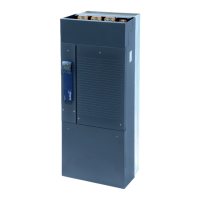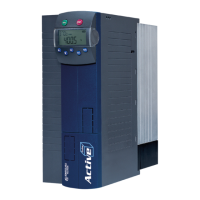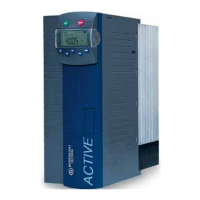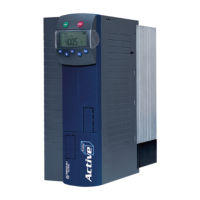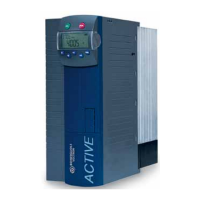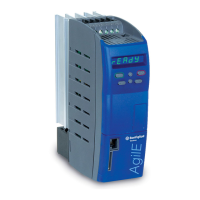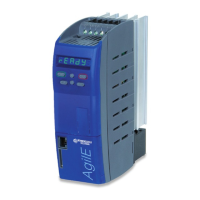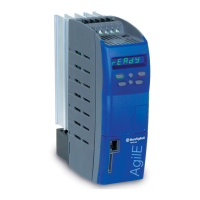Operating Instructions ACU
After completion of the parameter identification, warning messages may be displayed. Depending on
the warning message code, the following instructions should be followed and the measures indicated
should be taken.
9.2.7 Status messages during commissioning (SS…)
The following status messages are possible when Setup is run:
Auto set-up routine has been carried out.
The plausibility check (PC) of the motor data is active.
The calculation of dependent parameters is active.
The parameter identification requires release on digital input
STOA and STOB.
The rated motor values are checked by the parameter
identification feature.
The setup routine via the control panel is being carried out.
The parameter identification demands the controller release on
digital input STOA and STOB.
Error during the auto set-up routine. Check value of Current
Error 259.
The parameter identification feature diagnosed an unbalance
during the measurements in the three motor phases.
Setup not carried out
yet.
Self-setup has not yet been carried out.
9.2.8 Warnings during commissioning (SA…)
No warning message present. This message can be read out via an optional
communication board.
The value of the parameter Rated Voltage 370 is out of the rated voltage range of the
frequency inverter. The maximum reference voltage is indicated on the nameplate of the
frequency inverter.
For a three-phase motor, the calculated efficiency is in the limit range. Check the values
entered for parameters Rated Voltage 370, Rated Current 371 and Rated Mech. Power
376.
The value entered for parameter Rated Cosinus Phi 374 is outside of normal range (0.6 to
0.95). Check the value.
For three-phase motor, the calculated slip is in the limit range.
Check the values for parameters Rated Speed 372 and Rated Frequency 375 .
Current Controller non typical value; also see Chapter 18.5.1.
Current Controller non typical value with 2kHz; also see Chapter 18.5.1.
Current Controller non typical value with 4 kHz; also see Chapter 18.5.1.
Current Controller non typical value with 8 kHz; also see Chapter 18.5.1.
Stator Resistance very high. The following causes are possible:
The motor cable cross-section is not sufficient.
The motor cable is too long.
The motor cable is not connected correctly.
The contacts are not in a proper condition (corrosion).
Rotor Resistance very high. The following causes are possible:
The motor cable cross-section is not sufficient.
The motor cable is too long.
The motor cable is not connected correctly.
The contacts are not in a proper condition (corrosion).

